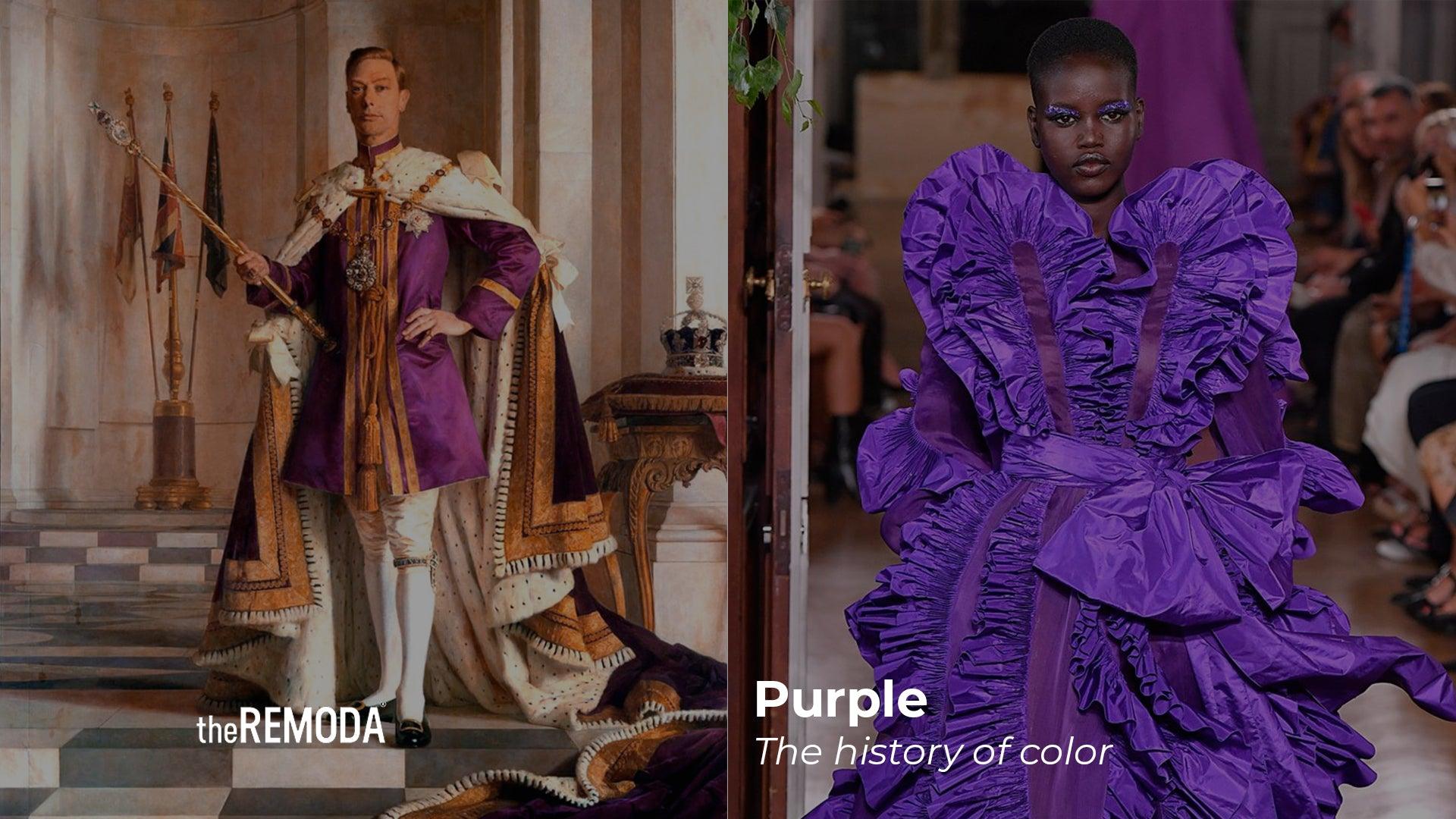The history of color: purple
•Posted on June 12 2022

Liz Taylor as Cleopatra wore purple dresses, Queen Elizabeth adores it, we saw purple shades on Princess Diana, Meghan Markle and almost all representatives of the royal families. And this is not just so: since ancient times, the shade has been considered as the color of power and greatness. It was obtained by mixing red and blue paints. The first symbolized valor and honor, the second was attributed to divine power and was associated with wisdom and intelligence. In Byzantine Empire, for example, only the monarch, aka basileus, could wear purple boots, sit on a purple throne and put a purple seal. This state of affairs has been going on for centuries.

Before the fall of Constantinople, purple was worn by the nobility of Europe and Asia. Then scarlet ruled the ball for some time. Since the Middle Ages, purple was worn by the clergy and professors, thus endowing it with an intellectual connotation. From the 18th century, the aristocracy returned to its former shades. Only now purple has become lighter and lighter.

In the 19th century, purple dissolved amid industrialization, but this did not last long. At the World Exhibition in London, Queen Victoria appeared in a purple dress and set the fashion tone for the whole of Europe. The aristocrats and the new rich began to follow her. Purple has expanded its boundaries. This state of affairs persists to this day. In this shade, we most often meet representatives of power: at the inauguration of Joe Biden, for example, the amount of color went off scale. Purple has long been a symbol of the British royal family, in an identical shade we meet representatives of other royal families.
Now everyone can afford purple. And its diversity in collections is proof of this. Perhaps, with such popularity, he practically lost the halo of mystery, but still managed to maintain the nobility and significance.

Comments
0 Comments
Leave a Comment